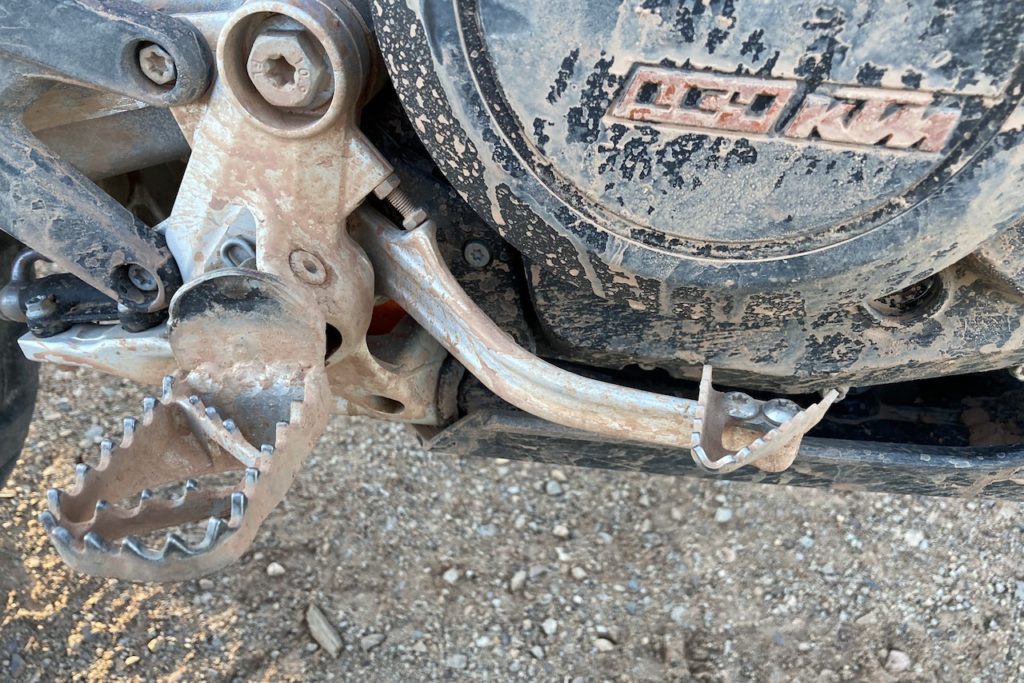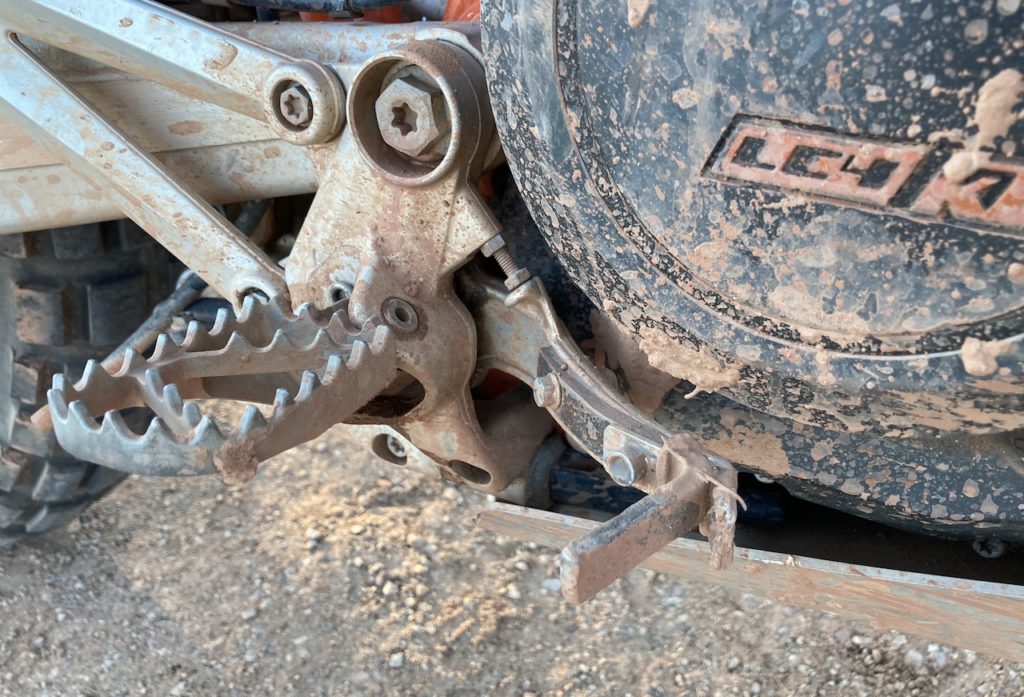I was on a motorcycle forum yesterday, one that’s dedicated to a particular make and model of sport bike. (Hey, it’s not always about cars—not even BMWs.) One owner had posted a picture of the upper triple-clamp assembly from his bike, showing the results of his machining it to save weight and remove unnecessary bracketry that won’t be needed on a dedicated race bike (which his is becoming). The first couple of replies said, “Nice job!” and “Looks good!”
Then the experts showed up to piss on what he’d done.
There were two kinds of experts: the know-it-alls and the everything-is-worth-what-you-can-buy-it-for crowd. The know-it-alls, no doubt senior aerospace machinists or professional engineers, sniffed at the machine work, or issued dire warnings about the tremendous risk of altering a part without full static, dynamic, and materials analyses.
The other faction, power-shoppers with a strong set of brand preferences (and a keen eye for fashion), commented that a well-known supplier had a beautiful lightened triple clamp available for a couple hundred dollars (with a clear but unspoken subtext that the supplier’s piece was obviously better than something done by a guy whom no one’s ever heard of).
These two groups are at opposite ends of a particular spectrum. The first group believes that they have some special ability to discern the right answer in a situation that they are barely involved in. It’s a black-and-white world for them, where every move that anybody else makes can be instantly ranked and rated—and most moves, the overwhelming majority of moves, don’t measure up.
These experts are constantly disappointed by the efforts of others. All they see are the oversights, or the shortcomings, in each effort. In all the world, there’s really only one person who knows what’s what, and that person is moi.
The second group, at the other end of the spectrum, have abdicated any independent thought to a simple rule: What’s best is what’s made by the most famous maker—or that which costs the most. It’s the complete replacement of individual observation and personal opinion with reputation and price.
But those metrics—reputation and price—invariably come from the actions of other people. Other people testify to their opinion of the brand, and other people’s demand drives the price of things. Still, these judgments from the masses are essential to this bunch; they don’t know whether they’re disappointed or overjoyed unless others are. In all the world, there’s got to be smarter, better folks than moi, and following the crowd is a safe way to go.
My brother suggested that perhaps these camps just aren’t seeking the same ends. The “just buy it” crowd may be focusing on the completion of the project in the shortest amount of time. That explanation doesn’t quite answer the tone of their objections, though, which were much more You’re doing it wrong than Had you considered doing…?
An old-time hot-rodder car guy taught me something about modding cars: It’s not about what you buy, it’s about what you build.
In the cool white light of the shop, that’s a fine ethos to hold. Modifying the machine becomes a sort of material meditation. Thoughts and urges flow together and guide the actions that mold metal. What the factory wrought morphs by smoothing or roughening or trimming or flattening; it can even become art. Left alone, the artist may continue, turning her attention to the next component sitting plain and homely on the machine. The work may go on for months or years, and might never be “done”—but of course in this scenario, each episode satisfies the need of the worker, and so completes in that sense, again and again.
Having recently traveled to the red rocks of Moab on a motorcycling vacation, I’m reminded that sometimes art’s got nothing to do with it. Here I present the before-and-after shape of a brake pedal’s successive encounters with external forces.
The first was contact on some boulder aspiring to “gibber” status; the second was the field repair effected by campsite honchos using materials at hand. Here we have high function, but not high art, in my opinion.—Marinus Damm
[Photos courtesy Marinus Damm.]























